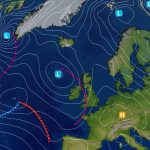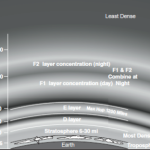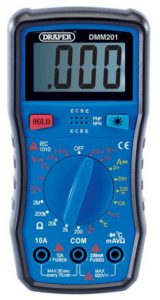Ah, the mesmerizing dance of the Northern Lights! Those shimmering curtains of light in the Arctic skies have more than just visual appeal—they also play a role in radio communication. One key feature of Aurora is the ghostly sounds that come with it,
Aurora is more commonly found on VHF from 12m up, and in the UK more commonly on 6, 4 and 2m, more commonly heard on SSB and CW, although FM is not unheard of.
Many Amateurs refer to Tropospheric ducting as Lift, often in the UK in the early spring, and autumn repeaters that you normally cannot hear will become audiable due to lift and the way the troposphere bounces the signal.
Here’s the scoop:
- Ionization and the Auroral Zone:
- When charged particles from the solar wind interact with Earth’s upper atmosphere during an auroral event, they create what’s known as the “auroral zone.”
- This zone can enhance radio communication by increasing the ionospheric reflection of radio waves. In simpler terms, it means that radio signals can bounce off this ionized layer and travel longer distances over the horizon.
- So, during intense auroras, you might experience improved VHF radio reception, allowing you to pick up stations that are typically beyond your normal range1.
- Distortion and Backscatter:
- However, there’s a twist: Auroras can also cause distortion in radio waves. Imagine listening to a 10-meter broadcast during an aurora—it might sound like a cosmic DJ remix!
- This phenomenon is more pronounced in the polar regions, especially on the night side of Earth where the aurora is most intense2.
Tropospheric Ducting: Beyond Line of Sight
Now, let’s shift our attention to tropospheric ducting. Picture warm air hugging the ground while cooler air sits above it. This atmospheric setup can lead to some interesting radio effects:
- What Is Tropospheric Ducting?:
- Tropospheric ducting occurs when atmospheric conditions create a duct—a sort of tunnel—through which VHF, UHF, and microwave radio waves can travel.
- Normally, radio signals follow a line-of-sight path, but ducting extends their range well beyond that. It’s like giving your radio waves a booster shot!
- These ducts form due to temperature inversions—when a layer of air in the troposphere (the lower part of the atmosphere) has a higher temperature than the layers above and below it3.
- When Does It Happen?:
- Tropospheric ducting is more common during stable, anticyclonic weather conditions.
- It’s like Mother Nature saying, “Hey, let’s bend those radio waves today!”
- While it’s most noticeable at VHF frequencies and above, it occasionally surprises us by reaching down to 40 MHz or even lower frequencies4.
So, whether you’re tuning in to distant stations during an aurora or enjoying extended radio range thanks to tropospheric ducting, remember that the atmosphere is full of surprises. Keep your antennas up and your curiosity alive! 📻✨
Is there anything else you’d like to explore? Maybe we can chat about the cosmos or swap favorite radio frequencies! 😊
Tell us how can we improve this post?
Hi I am Marcus, MM0ZIF, a licenced Radio Amateur, Doctor of Musicology, amateur weather enthusiast. I over the years have been a Amateur Radio Tutor, Examiner, and a Regional Manager for the Radio Society of Great Britain.
This site is dedicated more towards Amateur Radio and Weather, with an angle on Technology too. I also maintain https://havenswell.com/ which is my other blog which is more aimed at cooking, hobbies and life in general as well as businness and networking.










